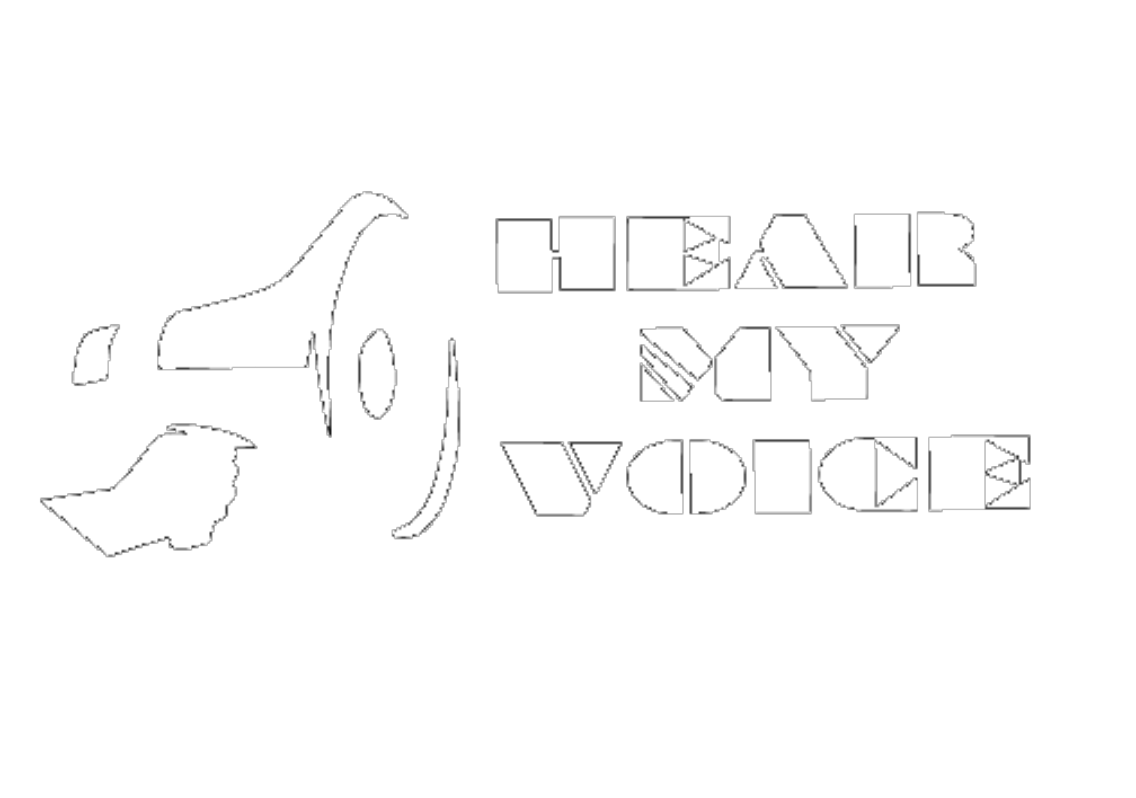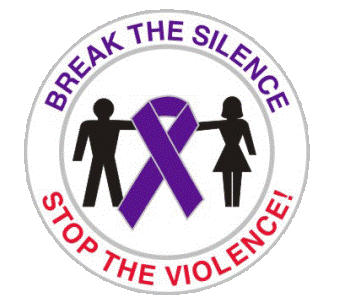- Home
-
Articles
- Aggregation
- Breaking Down Mental Illiness
- Overcoming Domestic Abuse
- Children and Media
- The Continuous Fight for a Transformed University
- Not Everyone is Born Equal
- COPING WITH RACE-RELATED STRESS
- Stress Tips
- Diversity Qualifications
- When Girls Go For It...
- Untouched Topics of Domestic Violence
- The Human Library
- Selective Sympathy for Terrorism
- From Margin to Center
- Freedom of Speech = Safe Space?
- All About Audrey
- Thank God It's Natural CEO Chris-Tia Donaldson
- Young Voices
- Features
- Podcasts
- Resources
- ABOUT
- Cajun Chicken Linguini Alfredo
- Custody Battle Ground: Kansas Kids
|
Some names and identifying details have been changed to protect the privacy of the individuals and their families. ACE, Active Centralized Empowerment and Inc. cannot be used without the written permission from Dr. Janice Marie Collins.
|


